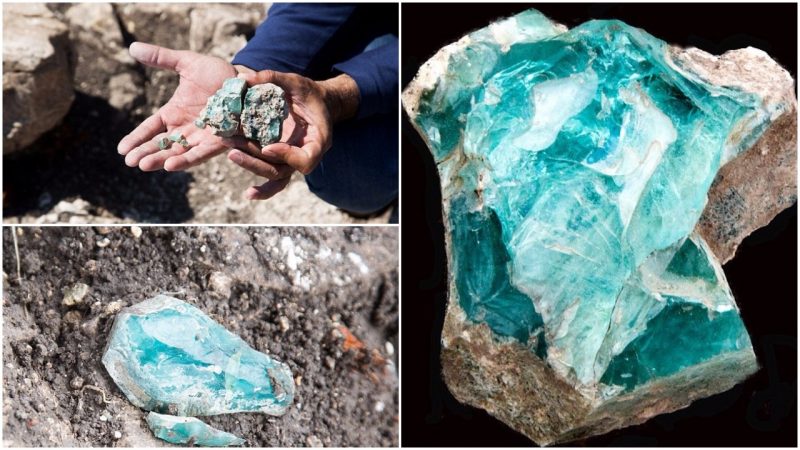Romans revered prized glass for its decorative qualities and utilized it for many different things. Romans used the glass to make delicate tableware, mirrors, and jewelry – to name a few of its many uses.
Archaeologists have recently found ancient glassworks where the raw glass was made prior to its exportation across the Empire.
The oven that the glass was heated in dates back 1,600 years ago to the late Roman period. These are the oldest to be found in Israel, and they have allowed researchers to determine that this was one of the main regions for glass production in the ancient world.
Archaeologists from the Israel Antiquities Authority made the extraordinary discovery. It happened while excavating a site located south-east of Yagur before the construction part of the Jezreel Valley Railway Project. They knew they were onto something when Adel Al Salam Sa’id saw chunks of glass and a floor.
This, of course, prompted further excavations. He said, “We exposed fragments of floors, pieces of vitrified bricks from the walls and ceiling of the kilns, and clean raw glass chips. We were absolutely overwhelmed with excitement when we understood the great significance of the finds.”
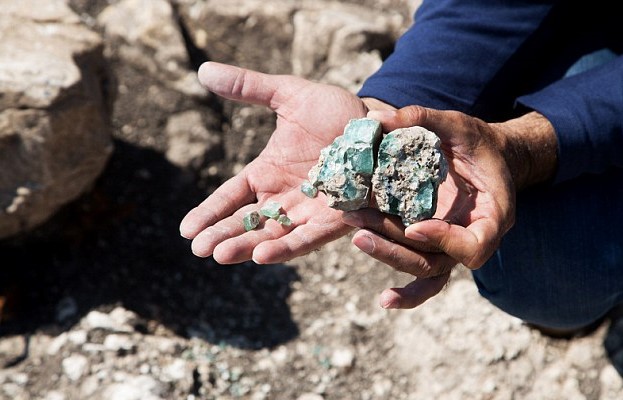
The head curator of the Antiquities Authority Glass Department, Yael Gorin Rosen, confirmed that this is a rather important finding. It stands to confirm implications that pertain to the history of the glass industry in both Israel and the rest of the ancient world. That is not something that happens very often.
Rosen explained that “We know from historical sources dating to the Roman period that the Valley of Akko was renowned for the excellent quality sand located there, which was highly suitable for the manufacture of glass.
Chemical analyses conducted on glass vessels from this period, which was discovered until now at sites in Europe and in shipwrecks in the Mediterranean basin, have shown that the source of the glass is from our region.” This is the first time that kilns have been found in the place that raw material was made and used to produce this kind of glassware.
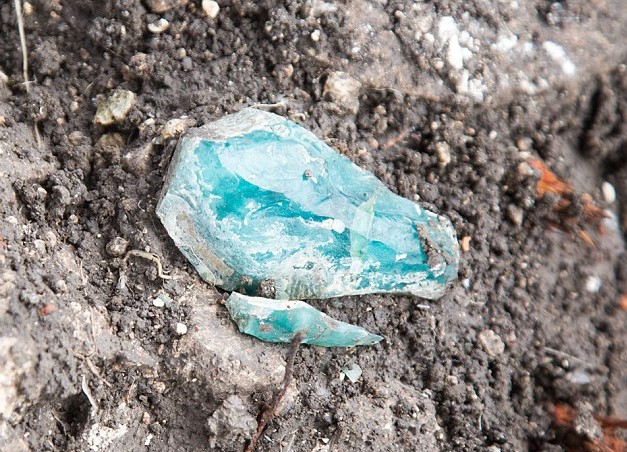
These kilns have two built-in compartments. One is a firebox where the kindling was burnt to reach a very high temperature. The second compartment was a melting chamber where the raw materials for the glass were placed before melting together at temperatures of 1200°C (2,192°F). It took about a week or two to heat the ingredients properly. Once enormous shards of raw glass were made it was time to remove the ingredients, which sometimes weighed more than ten tons.
Toward the end of the manufacturing process, the kilns needed to be cooled down. Those large shards of glass were broken down into smaller pieces in preparation for being sold to workshops. The shops then melted the glass down further, to facilitate making marketable glassware.
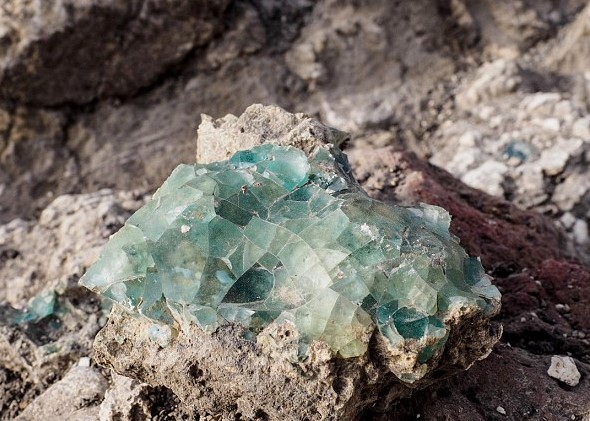
The transparency and beautiful features really drove the demand for glass during the early Roman times. This inexpensive method was called blowing, and it created delicate vessels in a cheap and timely manner. During this Roman period and beyond, glass was used in most households. Another major purpose it served pertained to its use in constructing huge public buildings.
Glass was perfect for making windows, mosaics, and lighting fixtures. Large amounts of glass were needed for these types of projects, which were of industrial size in specialized areas (like the area the discovery was made in).
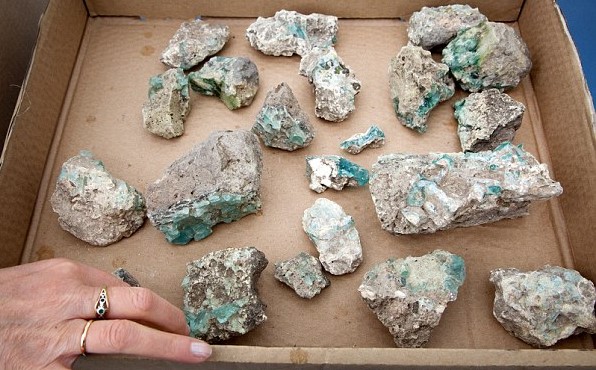
University College London employs Professor Ian Freestone, an expert who specializes in identifying the chemical composition of the glass. He feels this is a remarkable finding, and that its significance should not be downplayed. A discovery like this gives uncommon insight and understanding into an entire system of the glass trade in antiquity. Furthermore, “This is evidence that Israel constituted a production center on an international scale; hence, its glassware was widely distributed throughout the Mediterranean and Europe.”
It seems that there were two different kinds of glass – the price announcement that was in circulation during the reign of the Roman emperor Diocletian in the early fourth century AD confirms this. The first type of glass was called Judean glass and it came from the Land of Israel, The second type was Alexandrian glass from Alexandria, Egypt.
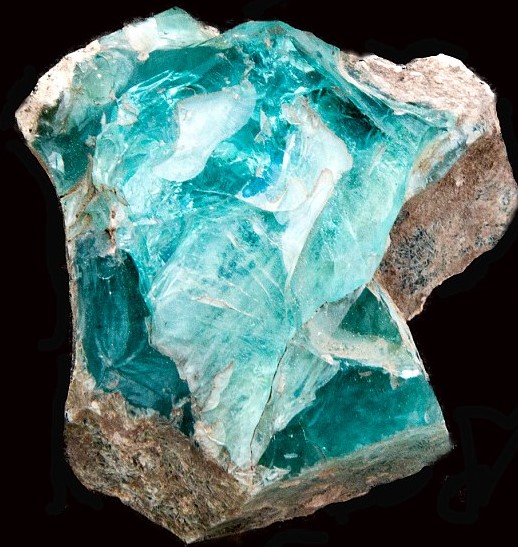
The Judean glass gave off a light green hue and was the cheaper of the two types. The stone tablets had prices of glass inscribed on them. This discovery really does fill in some gaping holes in the historical jigsaw puzzle. Experts now know where the Judean glass was made as well as what technology was used to make it.
Carmel Zvulun Regional High school will have these recently found chunks of glass on display for people to come and observe.
